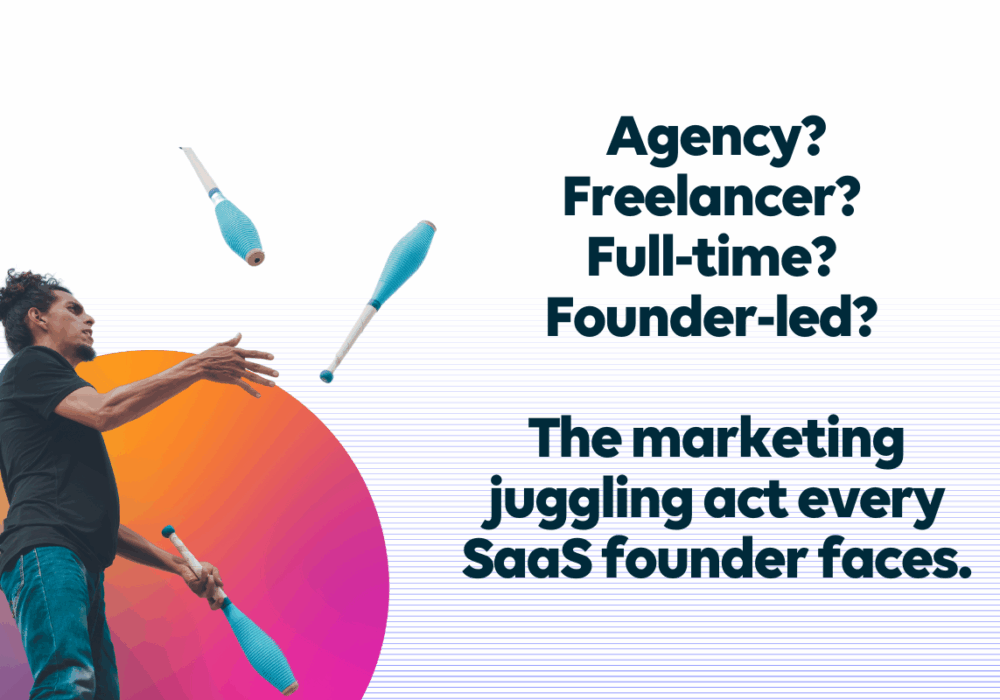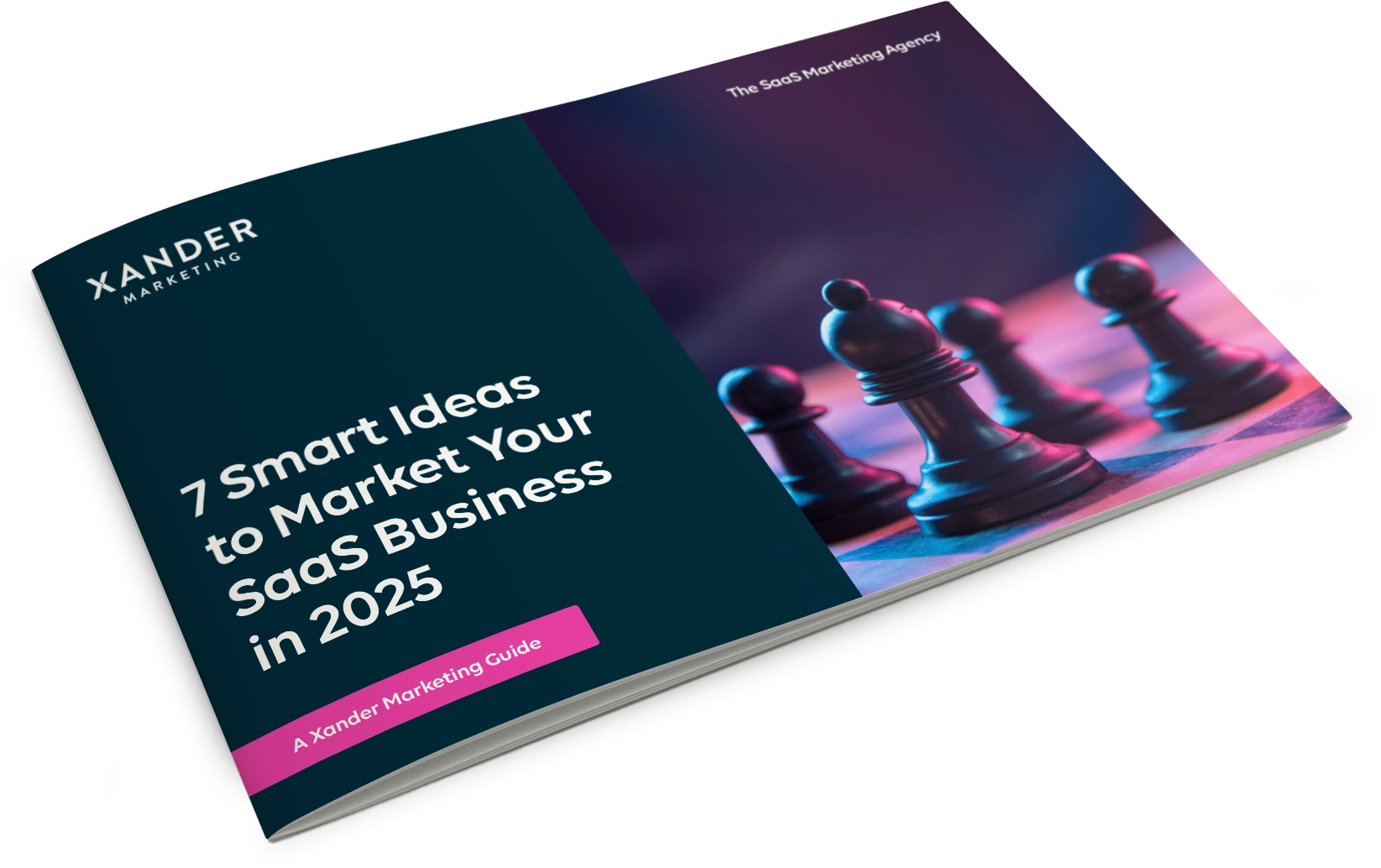Content Is Still King: How content marketing enables SaaS businesses to differentiate, lead and succeed
23rd July 2019
The case for SaaS content marketing
What is content marketing for SaaS?
Coined by Bill Gates in 1996 as the title, the article ‘Content Is King’ asserted that content would be an essential element for those that thrive on the internet. In particular, he singled out the importance of promotional content.
Also termed educational or info marketing, today’s practice of content marketing educates your target market by providing information that is of business value. Providing content which helps support your customers and prospects in meeting the challenges they face increases value perception, demonstrates your depth of knowledge and establishes your expertise. This forms the basis for the development of one of the most valuable yet intangible business assets of all – trust.
Recent studies show that today’s business buyers do not contact suppliers directly until 57% of the purchase process is complete. Therefore, in the minds of customers and prospects, marketing your SaaS business with content positions it as worthy of making the shortlist when an appropriate business problem needs to be solved. Quite simply, SaaS content marketing generates new business because a company which establishes its credentials through sharing useful information is more likely to be considered, than one that does not.
Need help with your SaaS content marketing? Talk to us today. Find out more about our content marketing services or book your free 60 minute consultation.
Why use content marketing for your SaaS?
Typically, content is used by your sales team and is distributed via websites, landing pages and email marketing, as well as being shared through social media. Content marketing provides a number of benefits; some of these are ‘soft’ and are difficult to quantify, however, others are ‘hard’ and can be directly measured.
Brand support: Supports your brand by raising awareness of your SaaS business and provides differentiation from your competitors. Gives your business a point of view, and may mark you out as authoritative. If you can establish a reputation for innovative thinking you may achieve the elusive crowning glory of SaaS content marketing: Thought leadership.
Lead generation: Generate leads through landing pages websites or clicking on links in emails. Those wishing to access content are taken through to a landing page containing a simple data capture form in which they must enter contact information before receiving full access to the content.
Create your own prospect database: Data captured from email marketing campaigns and websites may all be assimilated into a single database for follow up with further email marketing. Autoresponder emails, triggered by the initial download event, may offer more content. Leads may be nurtured over time through future email campaigns until they’re ready to buy. The results from self-generated customer and prospect lists usually outperform those purchased from commercial list brokers.
Providing a reason to contact customers and prospects by telephone: Over a series of email campaigns a prospect becomes primed and warmed up. At an appropriate time, the subject matter of your content provides a powerful ice breaker with which to initiate a telephone conversation.
Get nearer the top of Google’s natural search results: Search engines love unique, fresh and quality content! Content that is written so that it contains the search terms which people requiring your services or solutions are using in Google leads to higher search engine rankings. This puts you nearer the top of Google’s natural search results. It’s not just obvious search terms; ‘long tail keywords’ are also an essential factor in the algorithm which determines every website’s Google ranking.
Integration across channels: Content provides the opportunity for more diversity in your marketing. Content marketing for your SaaS product provides the opportunity to exploit a range of new marketing channels such as email marketing or social media. Integrated campaigns across multiple channels at the same time enables content to be joined up and complementary. For example, a direct mailshot can be reinforced with email activity or social media tweets. Content may also be repurposed and used in different formats
Content encourages word of mouth: Content that is of sufficient interest may be a talking point and shared amongst colleagues. This not only encourages word of mouth within a target organisation, it encourages a dialogue between contemporaries in other organisations.
Popular content formats
There are a number of popular formats that enable you to serve up the fresh content that connects you to your marketplace, keeps customers and prospects aware of your solutions and engaged with your brand. The key formats for written content are:
Guides, white papers and eBooks
Guides, white papers and eBooks let your SaaS business and throught leaders demonstrate its know how. Some adopt the approach of wishing to establish gravitas and credibility; walls of words in an academic style may do it for some, but frequently these may turn those you wish to engage away from you.
A good rule of thumb is to keep papers and guides grounded and practical. Try to strike a balance between the light and heavy. There’s nothing wrong with making important points in a light way; but we’re not writing a comedy; by the same token, it does not need to be a dissertation either. This is the format that offers the best opportunity to showcase the innovative thinking that may mark you as a thought leader.
Case study
The case study is arguably the most compelling format because it provides direct evidence of what your SaaS product does. By inviting your prospects to take a peek inside at how you work with customers, it also enables potential customers to imagine themselves as a customer and provides an insight into the value your SaaS product delivers.
Blog
A blog is probably the most versatile content format. It is platform which enables businesses to nurture a slightly more informal dialogue with customers and prospects; from industry issues to product updates and new features, the blog is the place where you can put up short snappy comment, make a succinct point or launch a new campaign or initiative. They are also great for search engines.
Media types
Apart from direct publishing as a webpage on a website, PDF files are the most easily distributed content files that provide the best consistency across different platforms and devices. More complex PDFs may be termed eBooks and may assemble content from several individual PDF files into a single volume and may be authored to provide interactive elements such as forms.
Other media types offer the opportunity for interactive content. Videos, webinars and podcasts are all easy to create with the right know-how. They tend to be more involved to produce; videos or podcasts may need scripting before recording and post-production; a webinar may require a lot of preparation by presenters and speakers and needs to be hosted from a suitable platform.
A strategy for keeping content fresh
We’ve all landed on a website where there’s one news item that’s a year old; or one where there’s a single four year old case study. What do such things say about a business?
To keep your content fresh, a regular cycle of planning and production needs to be in place. Such activity may be scheduled on a weekly, monthly or quarterly basis.
For those with an existing stock, the production of new guides, papers and case studies is required less frequently. A rate of perhaps one of each per quarter may be acceptable. If you are coming from a standing start where you have none, the rate of production may need to be more frequent so that the ‘content estate’ can be grown quickly.
With a blog a good rate is to aim for one per week. This produces meaningful content on a regular basis and lets you have a constant flow of fresh content with which to establish and maintain topical dialogues.
Once you have established a likely planning and production cycle, the question is whether you create content in-house or outsource it?
Do-it-yourself with an in-house team
Larger businesses and enterprises may have a fully functioning in-house marketing team responsible for the full remit of promotional planning and activity. It should be taken as a given that a competently run marketing function has an effective process for ensuring that the content on offer remains fresh.
Startups and smaller SaaS businesses may lack a full internal complement of marketing skills and capability.
As with all decisions to undertake a task in-house, you have to decide if undertaking content creation as an internal activity is a realistic proposition.
It may not be the best use of time for staff with heavy workloads. If the skills and talents to produce good content on a regular basis are not already in place, is it worth the time, effort and money in training or recruitment to put them in place?
Putting content creation out to an agency
In today’s environment, the emphasis for many SaaS businesses is to focus on core business issues and outsource those which bring unnecessary complexity and create diversions from the primary line of business.
Outsourcing content creation activity is a good option for those that do not wish to bring content creation directly in-house, and for those who do not have the need for full time content creation.
Outsourcing to a specialist agency lets you quickly gain access to the skills and expertise of businesses where content creation is a core business activity. This provides benefits such as:
- Fixed costs for easy budgeting
- Low impact on internal staff
- Catalysing the ideas of your star performers
- Bringing best ideas and concepts to rapid fruition
- Achieving a consistently high standard of content
- Content experts able to shape and structure content quickly and appropriately
- Writers with the skills and experience to work in your sector or industry
- Opportunity to outsource related areas such as:
- Email marketing and campaign landing pages for existing website
- Google Ads to landing pages
- Blog set-up and maintenance on existing website
- Social media promotion
Summary
The phrase ‘Content Is King’ remains even truer today than it was in 1996. Today, content marketing enables a SaaS business to establish its credentials and helps to build trust with customers and prospects.
The benefits are ‘soft’ and ‘hard’. While brand support is subjective and difficult to measure, the ROI of such objectives as lead generation and improved Google ranking are readily determined.
Across the various formats there is a need to adopt a strategy that keeps content fresh. This is best achieved by approaching content creation as a structured activity. However, if insufficient internal resources are available within an organisation, the best option is to outsource content creation.
Putting content creation out to an agency enables those without a well resourced internal marketing function to access top quality content creation services, and provides the option to outsource other related areas that are a natural extension of content marketing.
About us
Xander Marketing is a full service agency. Content is at the heart of what we do, because it is the fuel that drives our range of marketing services. An expert team of content creators develop and write white papers, case studies and blogs every day. It is our ability to turn a business problem into a unique marketing angle that keeps clients coming back to us for more content.
Find out more:
- About our content marketing services
- Examples of content we’ve created for clients
- And get started with a 60 minute marketing consultation






